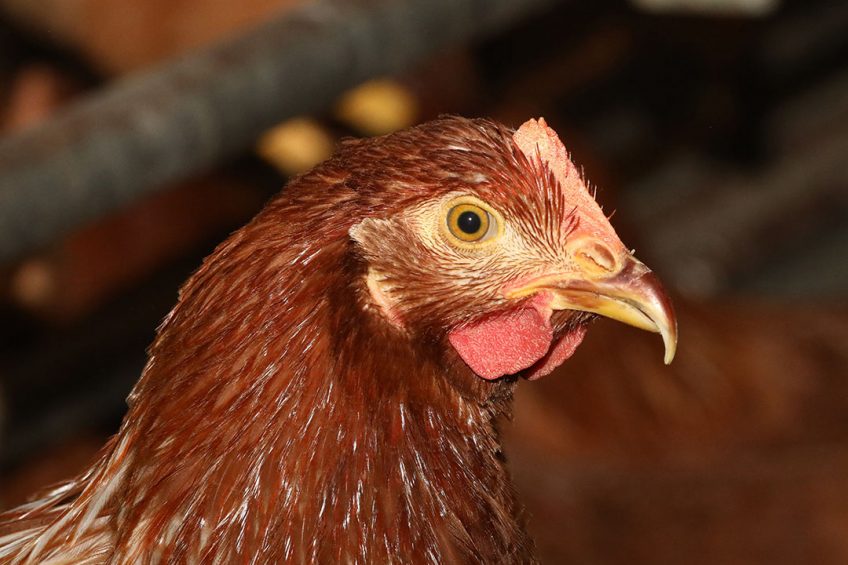Poultry industry adapts to changes around beak trimming

Moves to outlaw beak trimming in parts of Western Europe have prompted the poultry industry to respond with a range of developments.
Beak trimming has been outlawed in Scandinavian countries for many years (Norway 1974, Finland 1986, Sweden 1988) and Demark and Austria in 2013. More recently, the practice has been banned in the Netherlands and in some sectors of the German poultry industry. Other countries are likely to follow suit. In the UK, the Government has threatened to introduce a ban. This has prompted the Laying Hen Welfare Forum (LHWF) to trial different management interventions on 29 flocks to find the most effective ways of keeping feather cover in top condition.
Andrew Joret, LWHF chairman, has told farmers that he expected a ban to be introduced within the next 5 years and that it was important for farmers to prepare themselves by setting up a feather cover action plan. Farmers have told the LWHF that they believed the reasons behind feather pecking lay with red mite infestation poor weather, egg sizes and financial pressures. But the LWHF has highlighted a number of areas where producers can make a difference:
- Look at breed type – some are more prone to pecking than others
- Introduce ramps – this helps with bird flow around the unit
- Introduce range enhancements – tree cover for example might get more birds out of the units
- Provide enrichments – pecking blocks can be particularly useful in blunting the beak
- Lighting – ensure there are now shards of light that birds may peck at. Dim the lights in the scratch area to ensure birds move to the slatted tier and then turn off lights.
 Expert opinion: At the top of the pecking order
Expert opinion: At the top of the pecking order
To prevent animal welfare issues from arising in intensive livestock farming, humanity has taken drastic measures in the past. But can a chicken with an untreated beak be part of a commercial flock?
Big Dutchman has introduced a new product to help with broiler breeder management – The MaleChain. Management of broiler breeders is very challenging with breeders often particularly sensitive over feeding. Even small errors can have a negative effect on hatching egg production, which is partly why males and females are fed according to their needs, ie strictly separately. Jennifer Lindel, Big Dutchman product manager, said MaleChain was the world’s first chain feeding system for separate male feeding where the entire chain loop requires one trough. “With the double loop, breeder managers save lots of space in the barn. It is ideal for males with untrimmed beaks since the feed chain promoted natural smoothing of the beak.”













